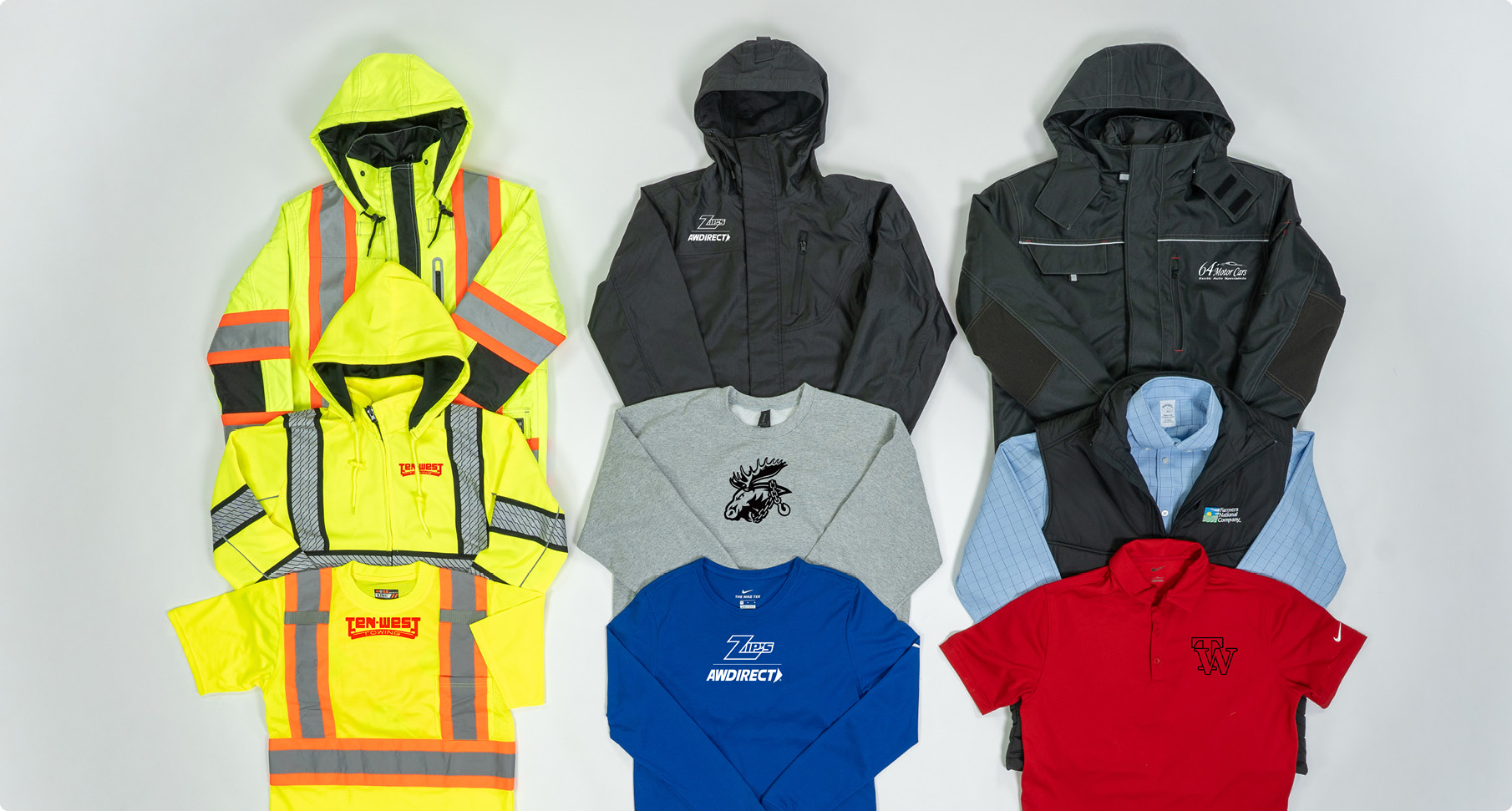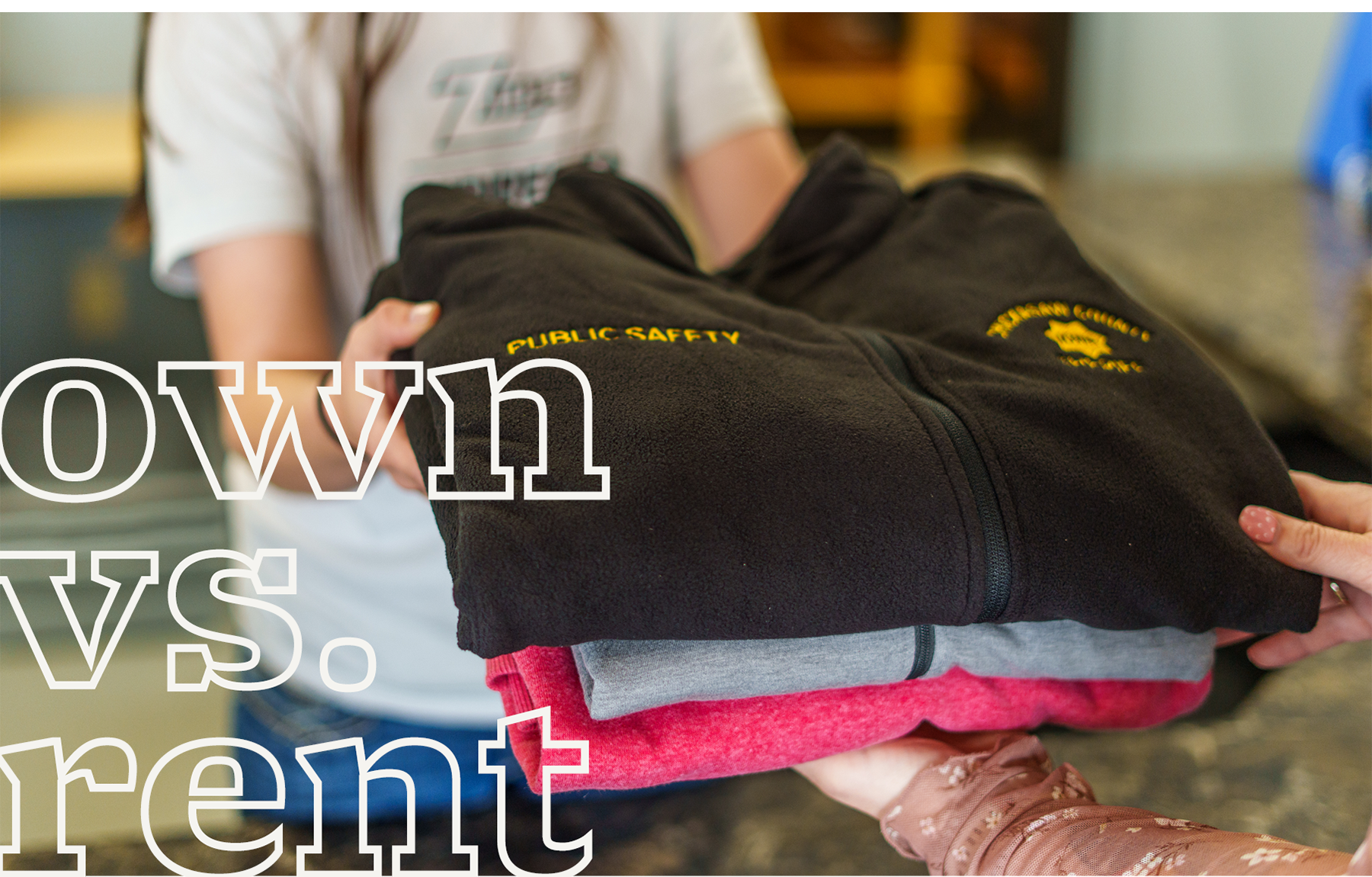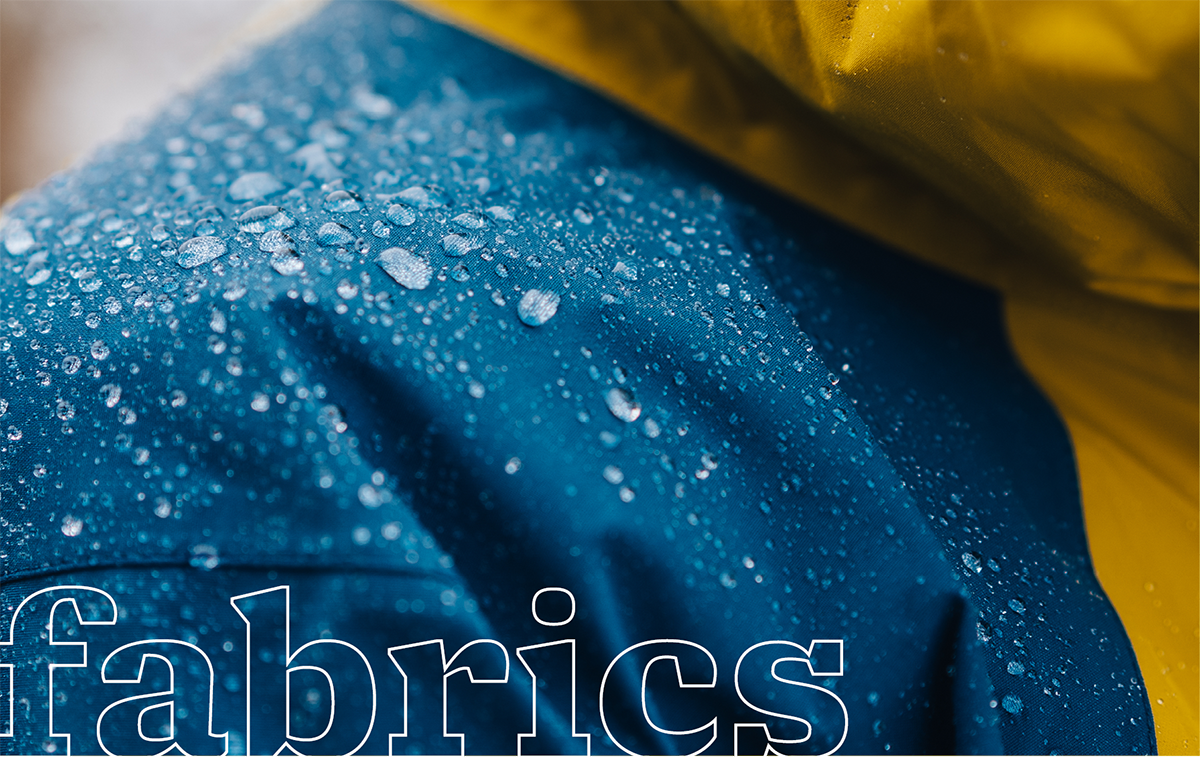Cleaning Hi-Vis Apparel: Washing, Drying & Stain Removal

You wear hi-vis apparel to ensure your personal safety in high-traffic work areas. The bright colors, reflective striping and breathable materials combine to keep you visible and comfortable on the job. Ask any emergency personnel, tow truck operator or construction crew member, and they'll tell you how important hi-vis outerwear is to their profession.
However, given the conditions you work in, keeping ANSI-rated apparel looking its best may be a challenge. Grease, oil, mud and grime all seem to find their way onto your vests, shirts, coats and bibs. Preventing those undesirable substances from making a permanent home on your clothing takes some effort. We're here to help with some advice on caring for your hi-vis garments.
Safety apparel is made from a range of materials: from thin polyester mesh for your vest to polyurethane-coated ripstop fabric for your rain gear. Regardless of textiles, though, the first place you should look for the care of your garments is on the manufacturer tag sewn into the interior neck, back or side area. Those instructions will spell out your next steps.
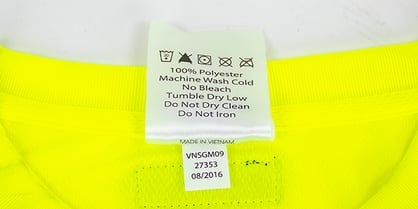
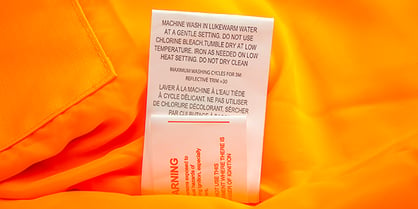
Getting Started
Before you begin to wash, give yourself a headstart toward a clean result by following these basic tips:
- Make sure to knock off all loose dirt with a brush
- Wipe away any residual grime with a dry cloth
- Spot clean stains with a safe remover
- Pre-soak if allowed by apparel manufacturer
-before-(1).jpg?width=310&name=img_0074-(1)-before-(1).jpg)
Some garments feature a water-repellent finish so removing debris may be easier than other styles. Pre-soaking may help but is not required and sometimes not recommended. Check your tag to be sure. Failure to remove surface dirt and grime may result in the impurities becoming embedded in the fabric and ending up as a permanent stain.
For stain removal, pre-treating is likely your best option. You may be able to apply a mild stain remover before washing, such as OxiClean or Shout. A degreaser or mineral spirits may also work but only in cases of hand-washing. We do not encourage solvents in a machine wash setting. It is best to pick a concealed area to see how the garment will react before proceeding.
Here are some basic reminders for stain removal:
- Find a stain remover approved for fluorescent fabric
- Test the cleaner in a less visible area
- Treat the spots with a clean cotton rag
- Gently rub remover into stain
- Wipe off excess solution and grime
Washing and Drying
Now that you've prepped the surface, it's time to wash. Some garments allow for machine washing, either at home or in an industrial setting. If that's the case, we recommend washing in cold water on the delicate cycle with a mild detergent. Shampoo may also be an option instead of laundry soap.
To prevent fading and discoloration, you should avoid using bleach or fabric softener. You bought these garments for their illustrious properties. You don't want to diminish that effect on the first wash. You should also turn your garments inside-out and wash with like colors and fabrics. In other words, don't wash a mesh vest with blue jeans.
Drying instructions will vary also. The main point to remember here is you don't want to damage the heat transfer tape or adhesives used to apply the reflective stripes to your apparel. Again, refer to your garment's care instructions. Tumble dry on low may be an option. Otherwise, hang drying may be your only choice.
Here are some points to consider if you plan to machine dry your hi-vis apparel:
- Put on the lowest temperature setting possible
- Remove apparel immediately after cycle is complete
- Hang up to prevent wrinkling and creasing on stripes
Special Considerations
As we noted earlier, safety apparel with reflective tape requires special attention. Improper washing techniques may diminish the garment's protective qualities. If you're unsure how your treatment plan will work, you may need to test clean in an inconspicuous area or simply spot clean the apparel altogether.
Other fabric considerations include working with apparel that has snaps and any hook-and-loop closures like Velcro. These fasteners may catch on mesh material and cause fraying. To prevent potential damage, you may need to button everything up before throwing them in the wash. You should also not leave your soiled apparel in a pile on the floor or in the back of your truck until wash day. Try and wash everything right away to prevent dirt and stains from setting in.

Please note some safety garments may give you an advantage by offering color-block and stain-block technology to help repel impurities. Additionally, several apparel manufacturers offer hi-vis clothing with "black bottoms" to conceal dirt and help you maintain a professional, clean look. If either of those styles and ANSI ratings work for your needs, perhaps they should be added to your wardrobe.
Whether you're looking to upgrade or just maintain what you have, we realize you've made a significant investment in your hi-vis outerwear. You want it to last and look its best so you can be seen by others. Proper care of your apparel is key to its longevity and continued visibility. We hope you find these tips helpful.




 Facebook
Facebook
 Instagram
Instagram
 TikTok
TikTok
 YouTube
YouTube
 Twitter
Twitter
 LinkedIn
LinkedIn
